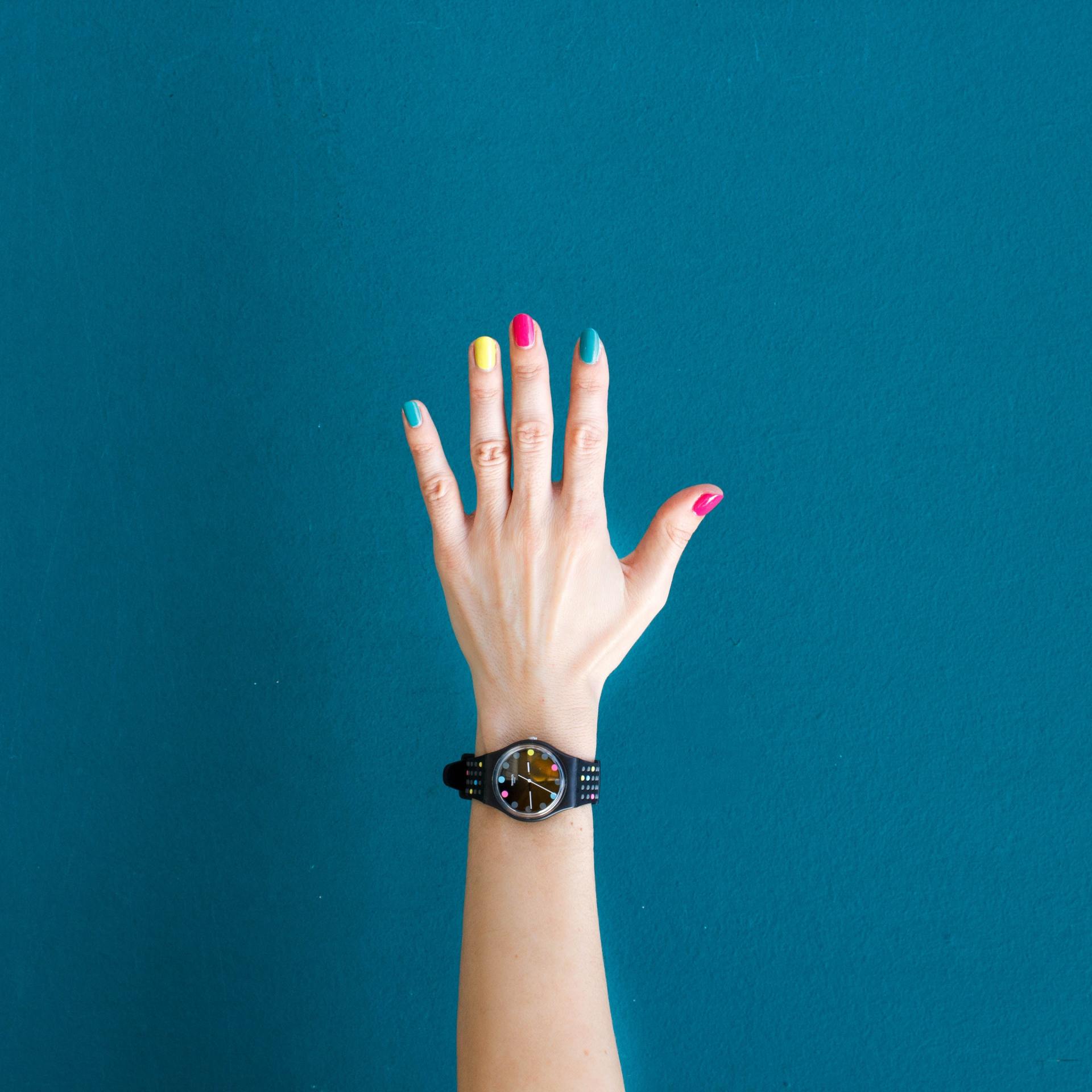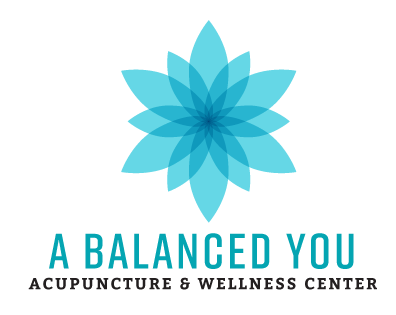FAQ's
You've got questions? We've got answers!
-
How safe is Acupuncture?
To our knowledge no one has ever died from acupuncture applied by a trained and licensed practitioner. Not a bad track record when you consider that the medicine is estimated to be more than 5, 000 years old. The needles generally cause no bleeding or pain, and are thin as a strand of hair. The needles are one time used and disposed of after use. Acupuncturists are trained in exact location, angle as well as depth of insertion of the acupuncture needle to avoid any injuries.
-
Are there any side effects to Acupuncture?
One of the great advantages of acupuncture is that side effects are minimal. Other than an occasional bruise, some people may get a slight headache, light-headed or a brief flu-like symptoms following the treatment. This is mainly due to the detoxification process of the treatment as the body adjusts.
-
Does Acupuncture hurt?
This is the most common question asked about acupuncture because many people associate needles with pain. Acupuncture needles are about the thickness of a strand of hair, so they are virtually painless when inserted. After insertion, the practitioner will bring the needle to the appropriate depth. You will then usually feel a very unique sensation that can vary from tingling, to heaviness, to warmth, or nothing at all. Each person’s experience is different. Should you experience any discomfort, inform the practitioner, and they will adjust the needles accordingly.
-
Where do the needles go?
This depends on the condition being treated. Although the acupoints are located throughout the entire body, usually the needles are placed on the appropriate points that are related to the condition being treated. The needles can be placed on any area of the body including upper and lower extremities, the chest, abdomen, back, and the ears as needed. The condition dictates what points are being used and where the needles are being placed.
-
What are Acupoints?
What are the acupoints? The acupoints are the areas along a meridian where the energy comes together and rises to the surface of the body. It can therefore be more easily accessed and redirected with the use of a needle.
-
What are the meridians?
Meridians are the energy channels that transport the energy within the body. The meridians can be compared to a highway that takes the energy and blood to its respective internal organs, such as, (Liver, Heart, Lung, Spleen, Kidney, etc.). When the energy in a meridian is not moving properly, it becomes blocked and can, in turn, affect the proper functioning of the organs and cause imbalances throughout the body.
-
Are the needles sterile or are they reused?
The needles are sterile and individually wrapped by the manufacturer. The packets are open only when ready to be used. The needles are used only once and afterwards, the needles are then disposed of in a medical waste biohazard container.
-
What can I expect during treatment?
During your evaluation, the practitioner will collect a complete history and detailed information of your condition. Questions will be asked relating to many different aspects of your life, not only the condition for which you are seeking treatment. The practitioner will then take your pulse, examine your tongue, and sometimes palpate other areas of your body as appropriate. The initial visit usually lasts approximately ninety minutes including the acupuncture treatment. Follow up visits usually last about an hour.
-
How can I prepare for my session?
It is best to eat a light meal before your appointment so that your body has energy to work with. Sometimes a person who has not eaten will feel lightheaded or weak when receiving an acupuncture treatment. In this case, inform your practitioner immediately and they will take the appropriate actions. It is best to wear shorts or loose clothing so that the arms and legs, as well as the abdomen, are accessible if needed. It's best not to engage in very strenuous activities, drink alcohol, smoke excessively, or ingest heavy meals before or immediately after your treatment. This will allow the body to adjust better to the effects of the acupuncture.
-
Can I receive Acupuncture if I am pregnant?
Yes, It's good to have Acupuncture when you are pregnant, however the Acupuncturist needs to know if you are pregnant or think you could be. There are some points that are contraindicated during pregnancy, so it is important to inform your practitioner before being treated so those points can be avoided.
-
Insurance Information
At this time, A Balanced You Acupuncture & Wellness Center does not accept or bill insurance directly. We encourage you to check with your insurance provider to see if acupuncture services are covered under your plan and find a practitioner that takes your insurance, if you prefer. Otherwise, we can provide you with a Superbill—a detailed receipt that you may self-submit to your insurance company for potential reimbursement. Please let us know when you arrive for your first appointment, and we can furnish a Superbill on a monthly basis for you.

